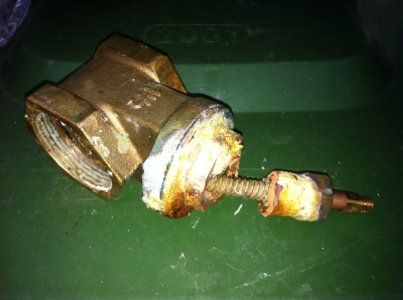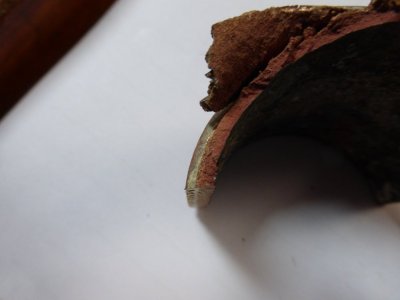thinwater
Well-Known Member
... You need a second hose clip
Maybe yes and maybe no. You need to consider the code (ABYC H-33).
- In fact, you probably need two smaller clips, since there does not appear to be enough room for two of the current size. They must be 1/4-inch from the end and can NEVER overlap the end of the barb without risk of cutting the hose.
- The clamp width should be no more than 1/3 the diameter of the hose (there is a table of sizes). The clamp is too big. Oversize clamps leak because the screw flat spot is too large.
- ABYC only requires double clamping of fuel fills, exhaust hoses, and sanitation hoses (in this last case because most sanitation fittings are smooth and not barbed, but they are long) . Double clamping is a good idea on things under the waterline, but closing the thru-hull is an alternative.
Last edited:


